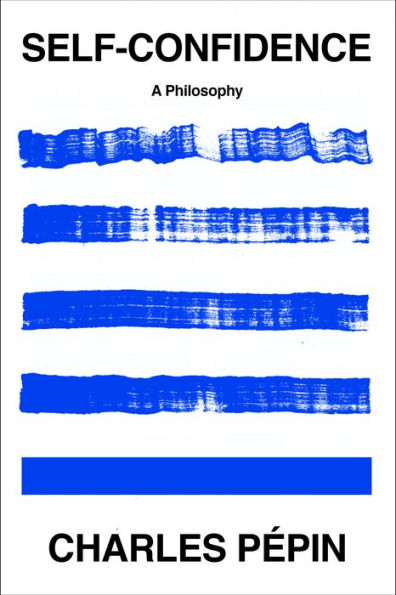Self-Confidence: A Philosophy
Inspired by great figures from Emerson and Nietzsche to Madonna and Serena Williams, this engaging philosophical essay explores the workings of self-confidence and how to develop it.
Where does self-confidence come from? How does it work? What makes it stronger or weaker? Why are some people more confident than others? Is it only a question of temperament or the result of conscious self-improvement? How do you get closer to those who stand out thanks entirely to their confidence in themselves?
Drawing on philosophical texts, ancient wisdom, positive psychology, and a wide range of case studies that feature famous thinkers, artists, and athletes, but also unsung heroes such as a fighter pilot and an urgent-care doctor, Charles Pépin brings to light the strange alchemy that is self-confidence. In doing so, he gives us the keys to having more confidence in ourselves.
1131080241
Where does self-confidence come from? How does it work? What makes it stronger or weaker? Why are some people more confident than others? Is it only a question of temperament or the result of conscious self-improvement? How do you get closer to those who stand out thanks entirely to their confidence in themselves?
Drawing on philosophical texts, ancient wisdom, positive psychology, and a wide range of case studies that feature famous thinkers, artists, and athletes, but also unsung heroes such as a fighter pilot and an urgent-care doctor, Charles Pépin brings to light the strange alchemy that is self-confidence. In doing so, he gives us the keys to having more confidence in ourselves.
Self-Confidence: A Philosophy
Inspired by great figures from Emerson and Nietzsche to Madonna and Serena Williams, this engaging philosophical essay explores the workings of self-confidence and how to develop it.
Where does self-confidence come from? How does it work? What makes it stronger or weaker? Why are some people more confident than others? Is it only a question of temperament or the result of conscious self-improvement? How do you get closer to those who stand out thanks entirely to their confidence in themselves?
Drawing on philosophical texts, ancient wisdom, positive psychology, and a wide range of case studies that feature famous thinkers, artists, and athletes, but also unsung heroes such as a fighter pilot and an urgent-care doctor, Charles Pépin brings to light the strange alchemy that is self-confidence. In doing so, he gives us the keys to having more confidence in ourselves.
Where does self-confidence come from? How does it work? What makes it stronger or weaker? Why are some people more confident than others? Is it only a question of temperament or the result of conscious self-improvement? How do you get closer to those who stand out thanks entirely to their confidence in themselves?
Drawing on philosophical texts, ancient wisdom, positive psychology, and a wide range of case studies that feature famous thinkers, artists, and athletes, but also unsung heroes such as a fighter pilot and an urgent-care doctor, Charles Pépin brings to light the strange alchemy that is self-confidence. In doing so, he gives us the keys to having more confidence in ourselves.
25.99
In Stock
5
1

Self-Confidence: A Philosophy
176
Self-Confidence: A Philosophy
176Hardcover
(Not eligible for purchase using B&N Audiobooks Subscription credits)
$25.99
25.99
In Stock

Product Details
| ISBN-13: | 9781590510933 |
|---|---|
| Publisher: | Other Press, LLC |
| Publication date: | 12/31/2019 |
| Pages: | 176 |
| Product dimensions: | 5.82(w) x 8.57(h) x 0.90(d) |
About the Author
From the B&N Reads Blog
